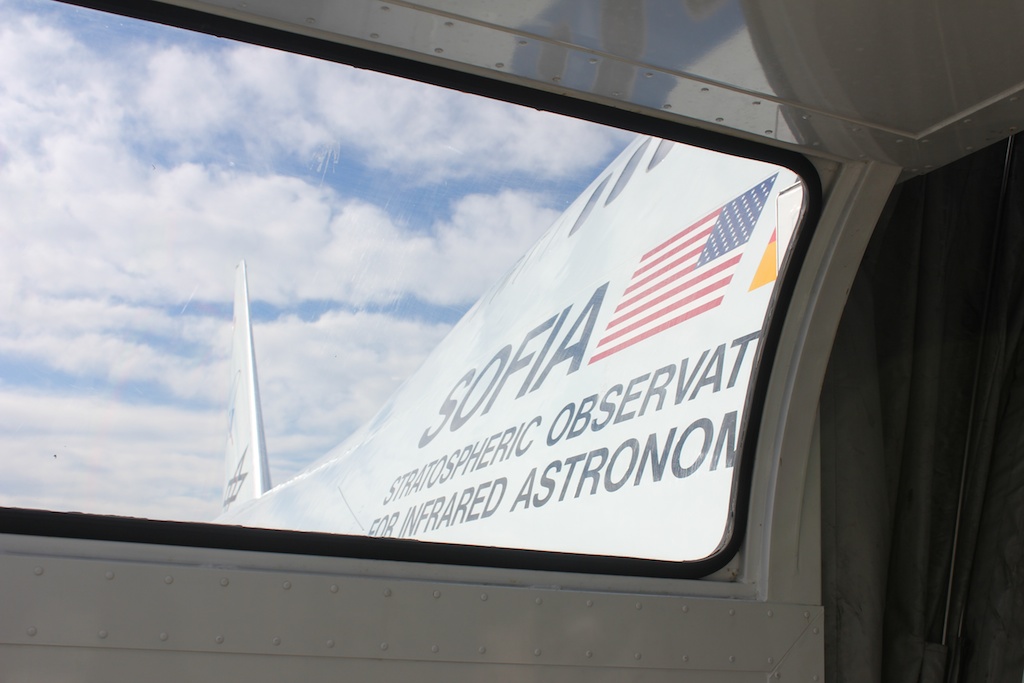SOFIA, the mighty space telescope, the most wonderful machine ever invented by humankind has firstly visited New Zealand in 2013 for its first deployment.
It took a year break time in which its future was decided and returned in 2015 and 2016.

Flying at 13.7 km, SOFIA Looks at the Universe, our Milky Way galaxy, young stars, star-forming regions and supernova remnants in the southern Milky Way, the Magellanic Clouds, and several nearby galaxies. In 2015 it also looked at Pluto! (If you still wish or care to know why is Pluto not a planet anymore you can check it out here.
SOFIA’s Facebook Page
Sofia is the world’s premier flying observatory with a mirror the size of the Hubble Space Telescope.
SOFIA Quick Facts (from https://www.sofia.usra.edu/Sofia/quickfacts.html)
Aircraft Model: Boeing 747SP (Special Performance)
Originally Built: 1977
First Science Flight: December 2010
Proposed Mission Lifetime: 20 years
Telescope Diameter: 2.5 meters (100 inches)
Wavelength Range: 0.3-1,000 microns
Instruments: Seven First-Generation Instruments include cameras, spectrometers and a high-speed photometer
Airspeed: Mach 0.85 (490 knots or 560 mph)
Observing Altitude: 37,000 – 45,000 ft (11,300 – 13,700 meters)
Average Science Flight Length: 10 hours (overnight)
Onboard Staff: Flight Crew: 3; Mission Crew: 2-6; Scientists & Educators: 5-15










